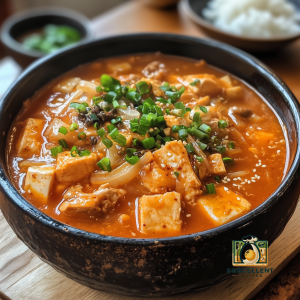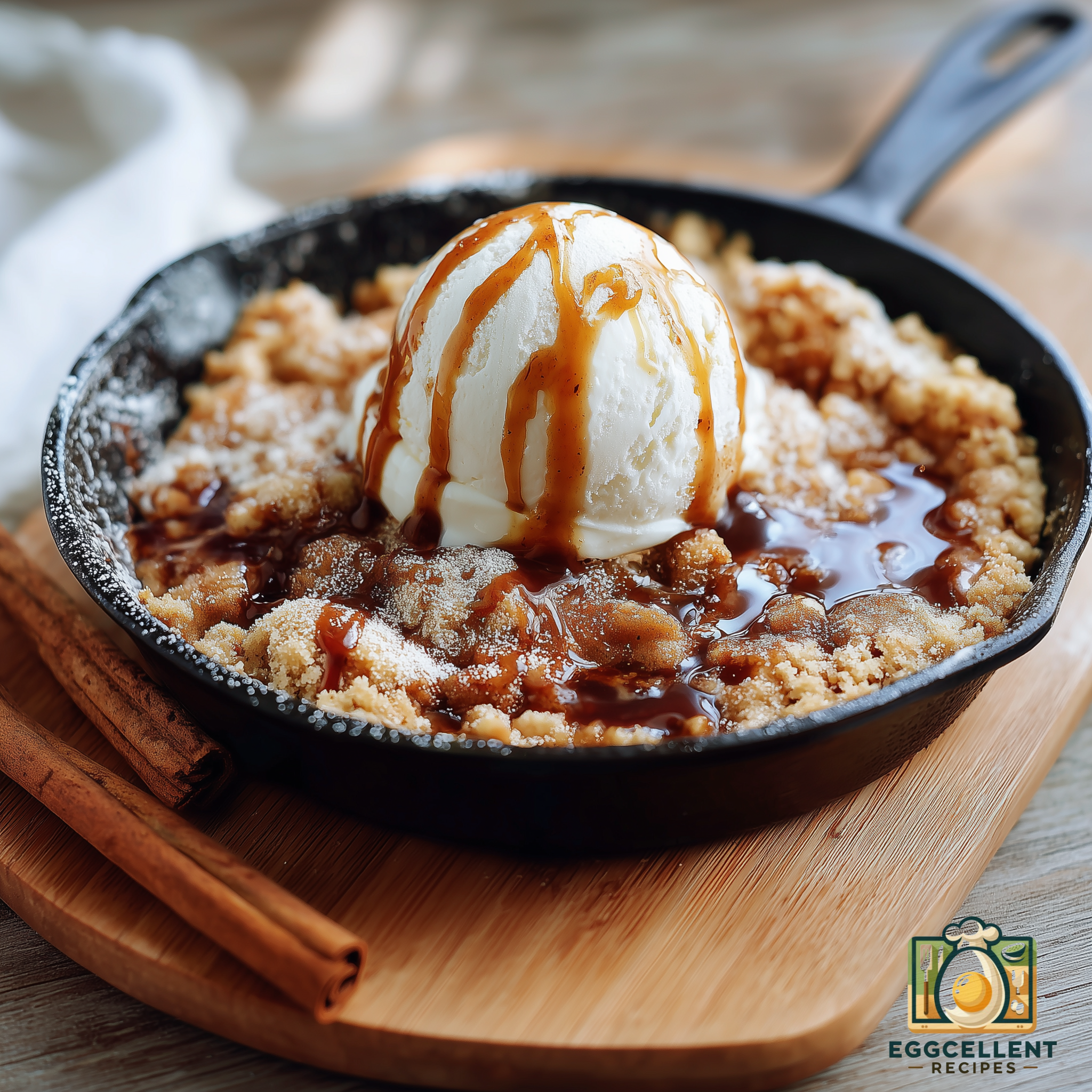
If you are craving a heartwarming and nutritious meal, Korean Soybean Paste Stew, known as Doenjang Jjigae, is an excellent choice. Bursting with rich flavors from fermented soybean paste, tofu, and a mix of vegetables, this stew is a staple in Korean cuisine. It’s perfect for a cozy meal on a chilly day and is simple enough even for novice cooks. Serve it with a bowl of steaming rice for a wholesome, balanced delight.
Tips to Make the Korean Soybean Paste Stew (Doenjang Jjigae) Recipe:
1. Choose Quality Doenjang: The key to an authentic and flavorful stew is using quality doenjang (soybean paste). Fresh, high-quality doenjang adds depth and umami to the stew that is hard to replicate with cheaper alternatives.
2. Use Fresh Tofu: Soft or medium-firm tofu works best for this stew. To maintain its texture, gently add it towards the end of cooking. Fresh tofu will absorb the rich flavors without falling apart.
3. Customize with Vegetables: While zucchini, potatoes, and onions are common choices, don’t hesitate to add your favorite vegetables. Spinach, mushrooms, or even napa cabbage can enhance the stew’s flavor and nutrition.
4. Adjust the Spice Level: For a spicy kick, consider adding Korean chili powder (gochugaru) or sliced green chili peppers. Adjust the spice to your preference for a stew that’s just right for your taste.
How to Make Korean Soybean paste stew (Doenjang Jjigae) Recipe?

Korean Soybean Paste Stew (Doenjang Jjigae) Recipe
Equipment
- 1 Pot For cooking the stew
- 1 Ladle For stirring and serving
Ingredients
- 3 tbsp Doenjang (Korean soybean paste)
- 1 block Tofu Cut into cubes
- 1 cup Zucchini Sliced
- 1 cup Potato Cubed
- 1/2 cup Onion Chopped
- 2 cloves Garlic Minced
- 100 g Mushrooms Sliced
- 4 cups Water Or anchovy broth for added flavor
- to taste Salt
- to taste Pepper
- 1 Green chili Sliced, optional
Instructions
- Boil water in a pot and add doenjang (soybean paste), stirring until it dissolves.
- Add potato cubes, onion, zucchini, mushrooms, and garlic. Let it simmer for 15-20 minutes.
- Add tofu cubes and cook for an additional 5-10 minutes.
- Season with salt and pepper, add green chili if desired, and remove from heat.
- Serve hot with a side of rice.
Notes
Nutrition
Korean Soybean Paste Stew, or Doenjang Jjigae, is a delightful, hearty dish that brings comfort and warmth to your table. Its rich flavors are achieved by the combination of fermented soybean paste, an assortment of vegetables, and sometimes tofu or seafood. This stew is not only delicious but also nutritious, providing a good source of protein, vitamins, and minerals.
Preparing Doenjang Jjigae is a simple process that allows room for customization based on personal tastes and ingredient availability. Whether you prefer it with just vegetables or with added protein, it’s a versatile dish that can cater to various dietary needs. As it simmers, your kitchen fills with an irresistible aroma, inviting everyone to gather around for a satisfying meal.
Ultimately, this stew embodies the essence of Korean home cooking: humble yet flavorful. Whether enjoyed on a cold day or shared with family and friends, Doenjang Jjigae offers comfort in every spoonful. By making this dish, you not only indulge in a culinary tradition but also connect with the rich cultural heritage of Korean cuisine.






